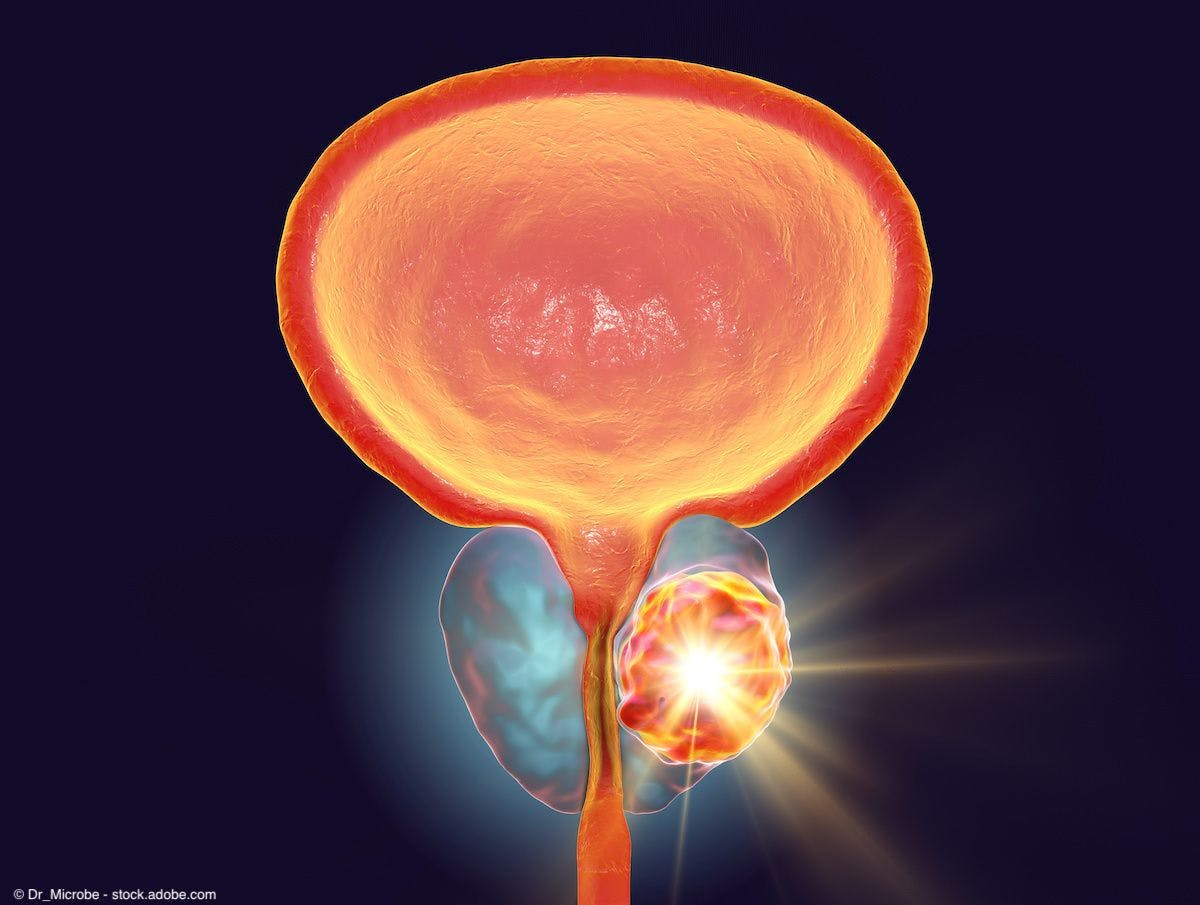News
Article
Urology Times Journal
Study: Zenflow Spring System for BPH does not negatively impact sexual health
Author(s):
Treatment with the Zenflow Spring System, a minimally invasive surgical therapy for the treatment of benign prostatic hyperplasia, does not cause negative sexual side effects, according to an analysis presented at the 2024 AUA Annual Meeting.1
Dean S. Elterman, MD, MSc, FRCSC

The Zenflow Spring system “is a nitinol urethral expander device that is placed into the prostatic urethra, displacing the lateral lobes for improved urinary flow,” lead study author Dean S. Elterman, MD, MSc, FRCSC, said in an interview with Urology Times at the AUA meeting. "It comes in different sizes, so you can measure the length of the prostate and then choose whether you want an extra small, small, medium or large. We usually use an extra small or a small device. It's delivered through a flexible scope and the procedure can be done under some local anesthesia or light sedation, and patients go home the same day without a catheter,” added Elterman, who is a urologist and an associate professor of urology at the University of Toronto in Canada.
The analysis of sexual function Elterman presented at the AUA meeting was a combined assessment of patients enrolled in the ZEST program, a group of pilot studies exploring the Zenflow Spring device. Across the studies, there were 72 patients with BPH who received the device. The studies were conducted in Mexico, Canada, Australia, and New Zealand.
Patient follow-up with validated questionnaires occurred at 3, 6, 12, and 24 months following device implantation. The Sexual Health Inventory for Men (SHIM) was used to characterized erectile function and the Male Sexual Health Questionnaire – Ejaculatory Domain (MSHQ-EjD) was used to characterize ejaculatory function.
The results showed that erectile or ejaculatory function did not deteriorate over the 24 months. This absence of deterioration was shown by improvements in mean scores for SHIM and MSHQ-EjD from baseline to 24 months. Regarding SHIM, the score improved from 16.5 at baseline to 18.9 at 24 months, and for MSHQ-EjD, the score improved from 7.5 at baseline to 9.5 at 24 months.
Additional improvements were observed in other areas. The MSHQ-Bother showed that the percentage of patients who were at least moderately bothered by ejaculatory function decreased from 40% at baseline to 22% at 24 months. Also, the percentage of patients with erectile dysfunction symptoms dropped form 46% at baseline to 39% at 2 years.
“We found the same results across all 4 countries. When it comes to sexual function, there was preservation of both erections and ejaculation, and in fact, we actually saw some slight improvement in erection and ejaculation scores,” said Elterman.
BREEZE trial
Regarding next steps, the Zenflow Spring device is now being evaluated in the prospective, multicenter, single-blinded BREEZE trial (NCT04987138).2 The study is enrolling male patients aged ≥45 years with BPH-related LUTS, a baseline IPSS score ≥13, and a score of ≥1 in the IPSS voiding to storage sub-score ratio (IPSS-V/S). Patients must also have prostate volume of 25 to 80 cc as measured by transrectal ultrasound ≤120 of study consent; a prostatic urethral length between 25 and 45 mm measured by cystoscopic pull-back; and failed, been intolerant to, or rejected medication for LUTS.
Patients enrolled in the study will be randomized in a 2:1 ratio to the Spring System or a sham procedure. Patients and personnel conducting follow-up assessments will be blinded to the randomization. Unblinding will occur following the 3-month follow-up visit. At that point, patients who received the sham procedure have the option to cross over and receive treatment with the Spring System. Patient follow-up will continue for a total of 5 years.
The primary end point of the trial is the efficacy of the Spring System at reducing LUTS as measured by the IPSS symptom questionnaire. The recruitment goal of the study is 279 patients.
References
1. Gilling P, Chin P, Anderson P, et al. 24-month sexual health outcomes from the ZEST pilot studies of the Zenflow Spring System for the treatment of benign prostatic hyperplasia (BPH). Presented at: 2024 American Urological Association Annual Meeting. May 2-6, San Antonio, Texas. Abstract MP27-02.
2. NIH US National Library of Medicine ClinicalTrials.gov. Safety and Effectiveness Study of the Zenflow Spring System (BREEZE). Last updated September 16, 2021. Accessed October 5, 2021. https://clinicaltrials.gov/ct2/show/NCT04987138.

Newsletter
Stay current with the latest urology news and practice-changing insights — sign up now for the essential updates every urologist needs.






























